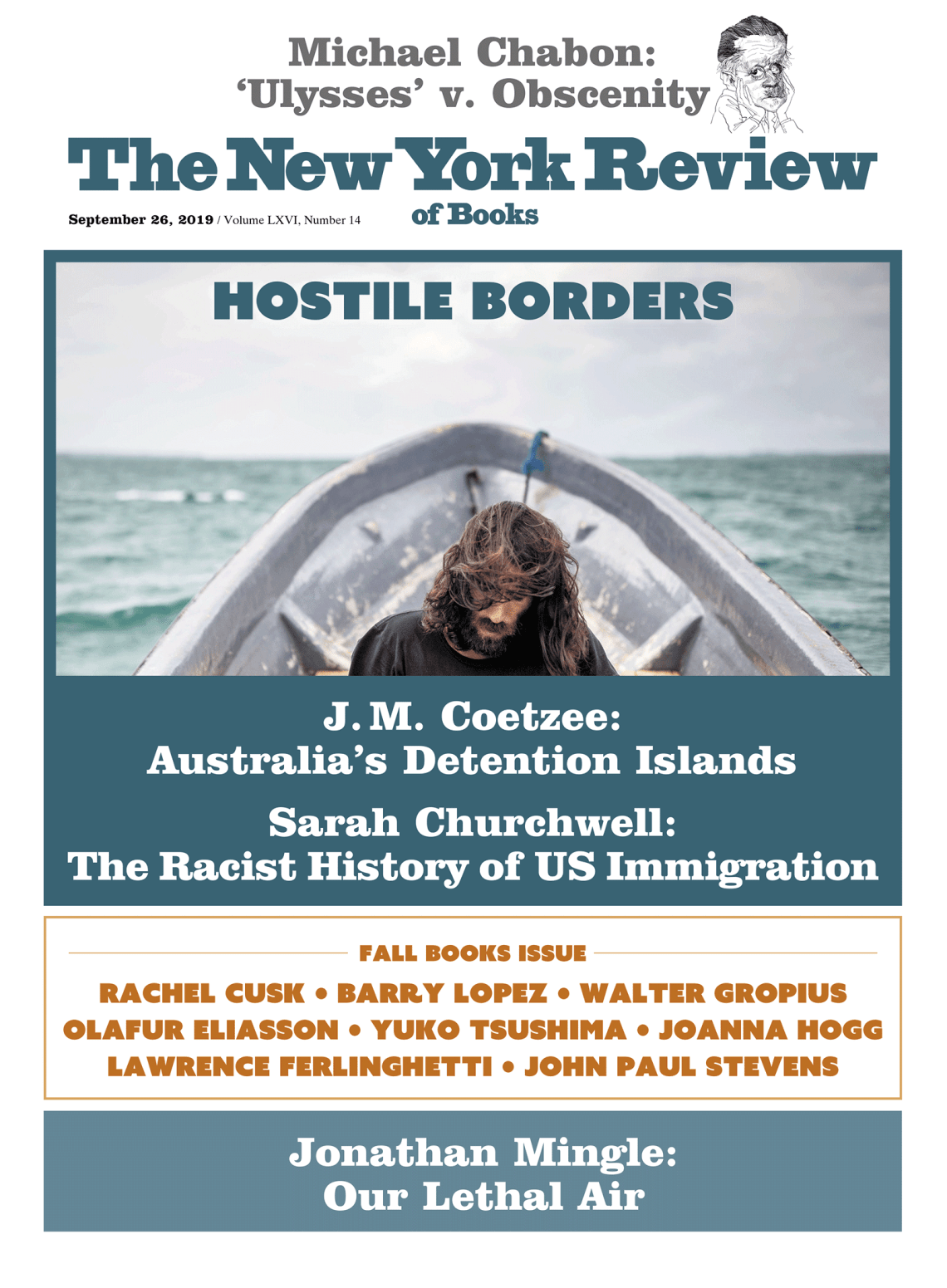In response to:
The Great Divide from the May 23, 2019 issue
To the Editors:
One more element needs to be added to James Oakes’s survey of antislavery politics before the Civil War [“The Great Divide,” NYR, May 23]. The factor apparently missing from the books under review was the Northwest Ordinance, enacted in July 1787 by the Continental Congress meeting in New York.
As Oakes has written elsewhere, the Northwest Ordinance “occupied an almost sacred place in the constitutional politics of the antislavery movement.” It was the “statutory link between the abolitionists and the Founders, its very language eventually reproduced in the Thirteenth Amendment that would abolish slavery forever.” Even today, the Northwest Ordinance serves to keep alive the notion that the Founders wished to put an end to slavery as soon as possible and in the Northwest Ordinance took the longest step toward its abolition possible at the time.
This traditional understanding of the ordinance overlooks the facts that the Continental Congress, at the time it adopted the ordinance, had a southern majority, that the committee of five that drafted the ordinance included three delegates from southern states, and that only a single member of Congress (Abraham Yates of New York) voted against its adoption.
There is a simple, albeit iconoclastic, explanation. All previous attempts by the Continental Congress to legislate for the territories administered by the United States at the end of the war for independence sought to pass laws that would apply to all the territories. The Northwest Ordinance, while prohibiting slavery north of the Ohio River, where climate and geography made plantation slavery unlikely, silently opened the door for slavery to spread into Alabama, Mississippi, Louisiana, Arkansas, Texas, and the Upper South. Together with the three-fifths clause adopted by the Constitutional Convention that same week, the ordinance offered the slave South assurance that its peculiar institution could spread and would continue. Indeed, the ordinance explicitly provided for the return of fugitive slaves to their masters.
Staughton Lynd
Niles, Ohio
James Oakes replies:
Staughton Lynd is right to remind us that the Northwest Ordinance of 1787 was revered by everyone in the antislavery movement, but as the subject did not come up in any of the three books under review I felt no need to mention it.
This Issue
September 26, 2019
Australia’s Shame
Brexit: Fools Rush Out
‘Ulysses’ on Trial


